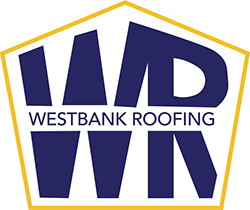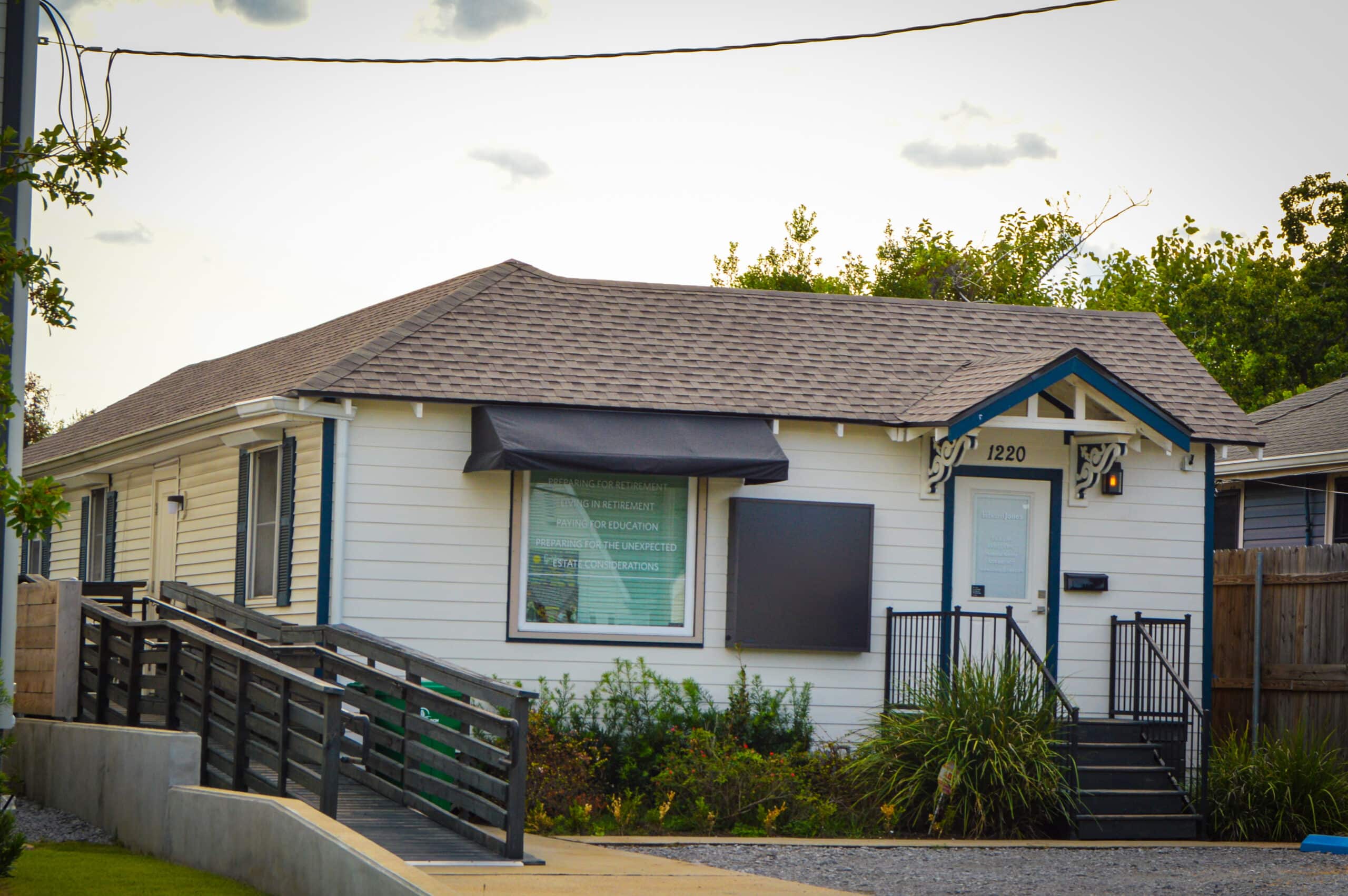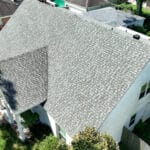How Roof Ventilation Affects Your Home’s Energy Efficiency
In a city like New Orleans where heat and humidity are par for the course, functional roof ventilation is an integral part of your ability to stay cool and comfortable when indoors. Not only does it allow hot air to circulate out and cool air to circulate in, but it also ensures that heat and moisture don’t get trapped in your attic. If your roof ventilation can’t serve its purpose properly, your air conditioner may have to work harder to cool your house, raising your energy bill. Additionally, trapped moisture may start to damage your walls, ceiling and roofing materials.
So how can you make sure your roof ventilation is not only installed properly, but receives the maintenance it needs to continue functioning well into the future? That is where a reputable roofing company like WestBank Roofing comes in. With over 50 years of experience inspecting, repairing and replacing roofs and roofing materials, our team is ready to put our skills to work in order to keep your property safe and ready to handle any kind of weather.
The Science Behind Roof Ventilation
So, what exactly is roof ventilation, and how does it work to regulate the temperature and moisture levels in your property?
Roof ventilation is a system which allows air to circulate through your attic space, bringing cool air in while expelling hot air and moisture. And it does this by taking advantage of air pressure. As hot air rises, air pressure increases in the upper part of the attic while decreasing closer to the base. This encourages the hot air to be drawn out through higher-up exhaust vents, while pulling cool air through intake vents and into the attic.
The systems which enable this airflow may be active or passive; that is, while some roofs may rely on vents to circulate air, others may utilize electricity- or solar-powered fans to keep air moving through your attic space. In some properties, these systems may also be combined to ensure that, no matter the weather or unforeseen circumstances like power outages, the air will continue flowing.
Types of Roof Ventilation
-
Passive systems
Passive ventilation systems are comprised of vents which are installed on the sides and roof of your property. These vents can generally be divided into two categories: intake vents, which bring cool outside air into your attic, and exhaust vents, which allow heat and moisture to escape. However, some—like gable vents—may serve as both.
Intake vents may include:
- Soffit vents. These vents are installed in the soffits, or panels which run underneath your roof’s overhang in order to protect the eaves. Soffit vents can take several forms, including perforated and round vents, and will likely be placed in a continuous strip or at intervals along the length of your roof.
- Fascia vents are installed underneath your shingles, underlayment and gutter, sitting flush with the fascia board and roof decking. Air passes above the fascia board and underneath the roof decking before flowing into the attic and exiting through an exhaust vent.
Exhaust vents, on the other hand, may include:
- Ridge vents are installed at the peak of your roof in order to provide hot and humid air a continuous ventilation area from which to escape. As these vents are covered by shingles, they camouflage into the rest of the roof, making them a popular ventilation choice.
- Gable vents are installed in the gable ends of your house, or the triangular portions of your exterior walls which sit below the two sloped roof panels. These vents often come in a set of two, with one on each side of your property. This allows them to serve as both intake and exhaust vents, as air can both enter and exit through them.
- Box vents. A form of static vent—that is, a vent with no moving parts—which is installed near the ridge of your roof, allowing hot air to escape as it rises.
-
Active systems
Active vents use electric- or solar-powered fans to take a more forceful role in removing hot air from the attic. These systems include:
- Attic fans. As the name suggests, these ventilators are installed within the attic space. They function by creating negative pressure in your attic, forcing hot air out and drawing cooler air in.
- Roof turbines. Powered by the wind, these vents contain blades which create a vacuum as they spin, pulling hot air out of the attic.
- Powered vents. Also located on the roof, these vents may utilize electrical or solar power to function. They work similarly to attic fans, though some can connect electronically to a thermostat which monitors attic temperatures and turns the fan on and off as needed.
How to Improve the Longevity of Your Roof Ventilation
As a property owner, one of the most important things you can do to keep your attic ventilation systems working properly is scheduling regular maintenance visits. However, there is also something you can do on your own—conducting checks to ensure that there are no clogs or other causes for concern in or around your vents. Things to look out for include:
- Higher energy costs or frequent HVAC breakdowns. Compromised or inadequate roof ventilation and insulation can trap heat in summer and allow heat to escape in winter, forcing your heating and cooling systems to work harder.
- Warping roof decking and shingles
- Excessive heat and humidity in your attic during summer
- Condensation in your attic space, which can lead to mold and mildew growth
- Ice dams forming along the edge of your roof during winter
By taking these steps, you can not only boost your roof’s performance, but also take advantage of the energy savings a functional ventilation system will provide.
Contact WestBank Roofing and Schedule a Ventilation Inspection Today
Keeping your attic properly ventilated is about more than just maintaining a comfortable climate in your property. Poor attic ventilation can not only raise your energy bill, but also cause premature breakdowns of your heating and cooling systems as well as put your property and health at risk. In order to prevent these outcomes, it is important to regularly check your vents and schedule maintenance appointments with a reputable roofing company like WestBank Roofing. With speed, precision and extensive roofing knowledge, our team will make sure that your vents stay clear and functional in order to keep your property safe, energy efficient and comfortable. Just give us a call, and we’ll be happy to schedule an inspection of your roof ventilation today.




